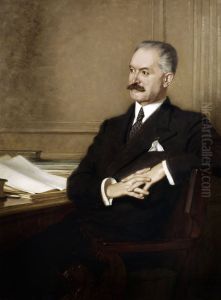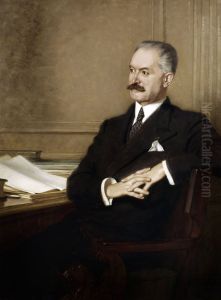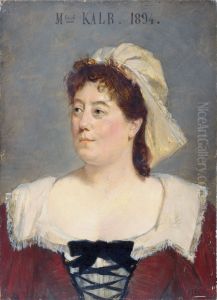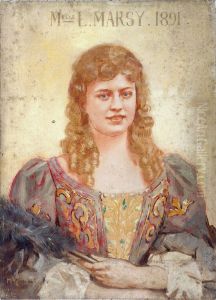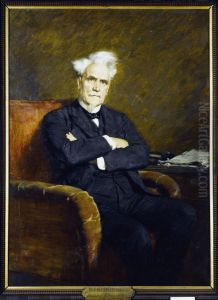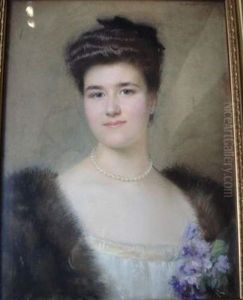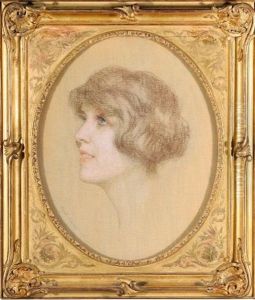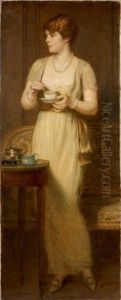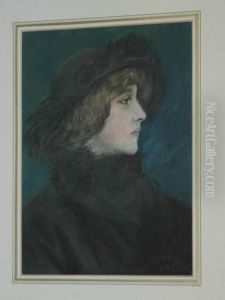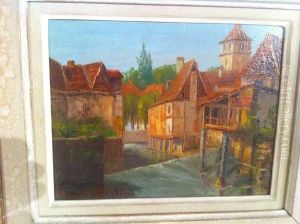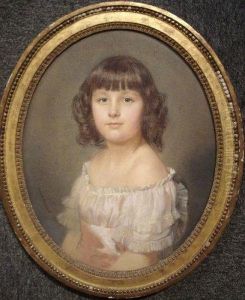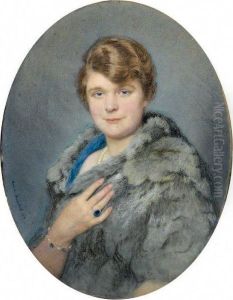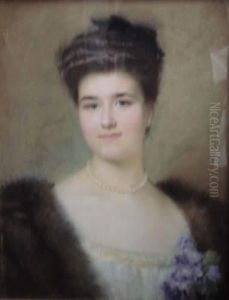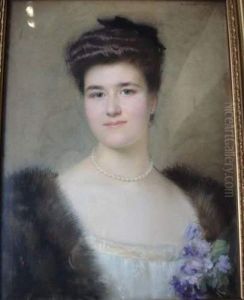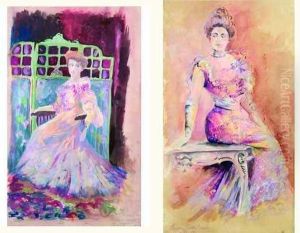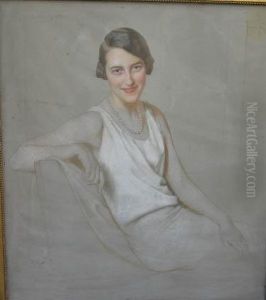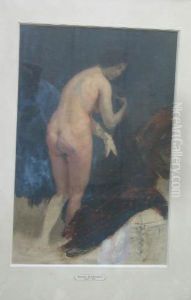Marcel Baschet Paintings
Marcel-André Baschet was a French portraitist, well-regarded for his depictions of official commissions and adornments for state interiors. Born on August 5, 1862, in Gagny, France, Baschet grew up in a culturally rich environment, as his father was an art critic and his brother, René, would become a notable illustrator.
Baschet was a student at the École des Beaux-Arts in Paris, where he was instructed by renowned academic painters like Jean-Léon Gérôme and Alexandre Cabanel. His classical training at the École provided him with the skills to excel in realistic portraiture, a genre that would define his career. Baschet's works were characterized by a refined elegance, meticulous attention to detail, and an ability to capture not just the likeness but the character of his sitters.
Throughout his career, Baschet received various honors and accolades. He won the prestigious Prix de Rome in 1883, which granted him a residency at the Villa Medici in Rome, a place that would inspire much of his early work. He exhibited regularly at the Paris Salon, gaining notoriety and critical acclaim, and in 1890, he received a third-class medal, followed by a second-class medal in 1891, and a first-class medal in 1894 at the Salon.
Baschet became a sought-after portraitist among the French elite and painted numerous government officials, including French President Félix Faure, and members of high society. One of his notable works is the portrait of Stéphane Dervillé, the architect of the restoration of the Château de Chambord, which reflects the grandeur and attention to detail that Baschet was known for.
His contributions to the arts extended beyond his painting. Baschet was an active member of the French Academy of Fine Arts, serving as a professor and later as its director. He was also a member of the Académie des Beaux-Arts and was awarded the Legion of Honor.
Marcel Baschet's artistic legacy is marked by his role in maintaining and advancing the tradition of academic painting during a time when the art world was seeing significant changes with the advent of modernist movements. He passed away on December 21, 1941, in Paris, leaving behind a body of work that continues to be celebrated for its technical mastery and historical significance.

